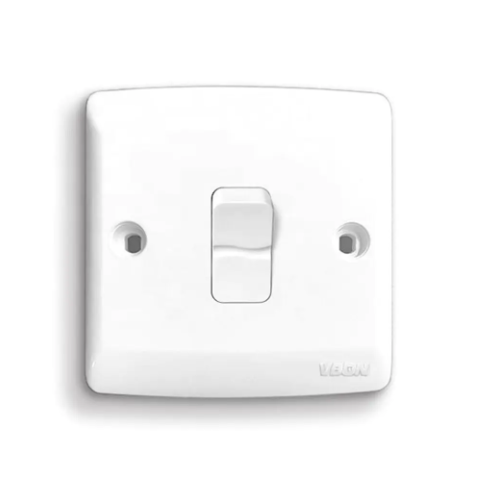A warm electrical wall switch can feel harmless, yet it is often the first whisper of a potentially serious electrical fire. Experts say the vast majority of switch-overheating faults trace back to loose connections, overloads and wiring errors. The good news: the danger rarely arrives unannounced; you simply have to recognise the signals.
Start with touch. A healthy switch should feel no warmer than the surrounding wall. If the plate is hot, or if you notice discoloration, crackling sounds or a faint burning smell, cut power at the breaker and call a licensed electrician. These symptoms usually trace back to one of four culprits: overloading, failing contacts, reversed wiring or ageing plastic internals. Each extra degree signals higher resistance somewhere in the circuit, and resistance creates heat that can ignite surrounding timber or insulation.
Prevention is straightforward. First, match the switch rating to the load; many residential plates are rated for modest amperage yet are routinely asked to carry far more. Second, when upgrading to a dimmer or smart switch, check that a neutral wire is present—recent code revisions now urge it—because devices that “steal” power through the load wire run warmer. Finally, schedule a quick inspection whenever you change a bulb: tighten terminal screws, confirm copper has not oxidised to powdery green, and ensure no bare wire is exposed.
Treat a hot switch like a glowing coal tucked inside your drywall. Respond the day you notice, not the day after the smoke alarm speaks.
Is Your Wall Switch Quietly Overheating?

Record
Recording 00:00
Commenting has been turned off for this post.
Categories
- Art
- Causes
- Crafts
- Dance
- Drinks
- Film
- Fitness
- Food
- Games
- Gardening
- Health
- Home
- Literature
- Music
- Networking
- Other
- Party
- Religion
- Shopping
- Sports
- Theater
- Wellness
Read More
Why do People Prefer to Book Flats in Dwarka Mor Near Metro Station
Improved infrastructure significantly impacts the real estate market. Without adequate...
Discover How to Read Football Odds – A Simple Guide for Beginners
Discover How to Read Football Odds – A Simple Guide for Beginners
If you're new to the...
End-user Computing (EUC) Market Size, Share | Growth Report [2032]
End-user Computing (EUC) Market Overview:
The End-user Computing (EUC) market has experienced...
++SEXVIDEOXXX) Hindi Sexy Aunty XXX Videos wti
CLICK THIS L!NKK 🔴📱👉...
Paddington in Peru (2024) English/SUB FullMovie HQ.mp4movies luu
07 seconds - With the increasing demand for online entertainment, the entertainment industry has...
